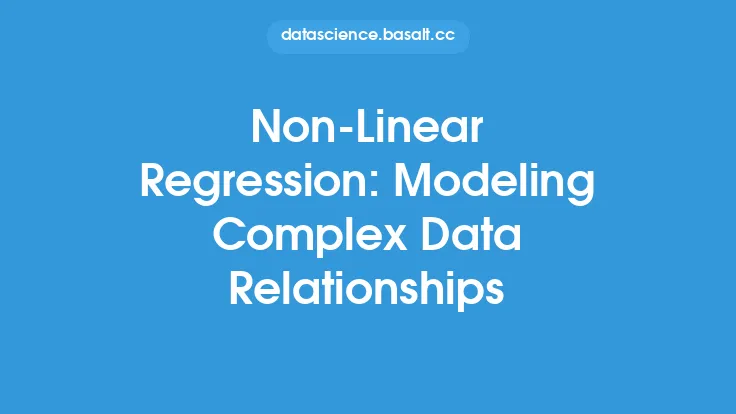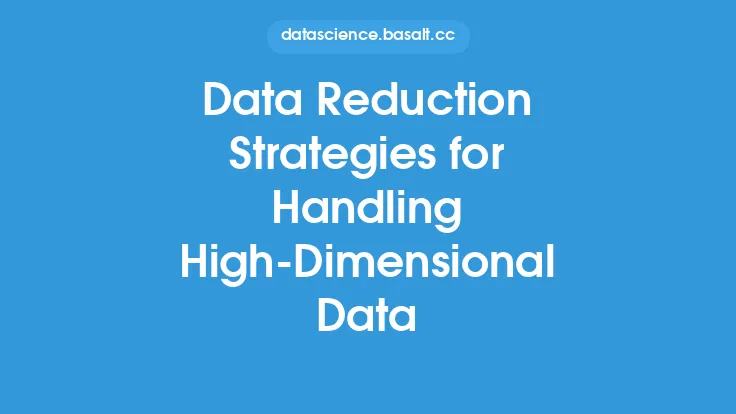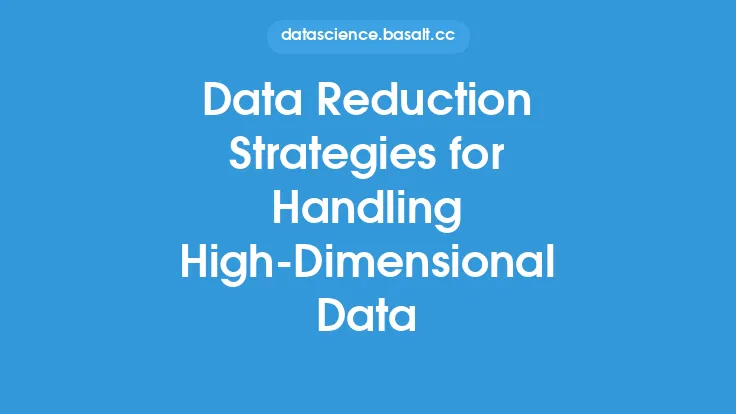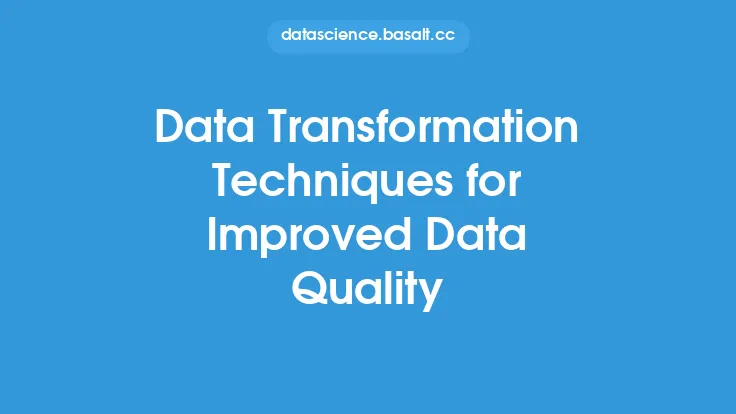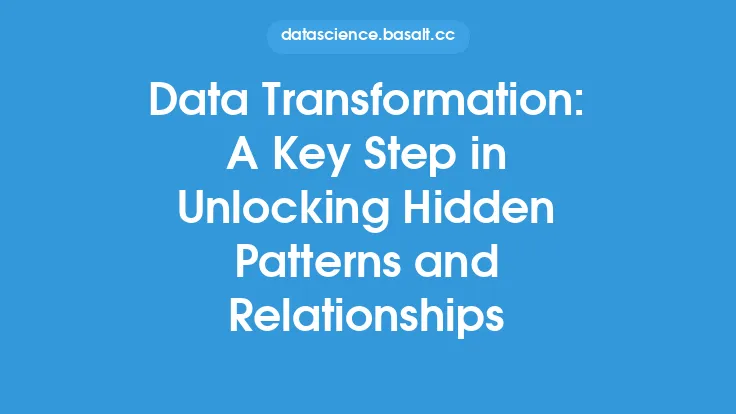When dealing with complex datasets, it's common to encounter non-linear relationships between variables. These relationships can make it challenging to analyze and model the data using traditional linear methods. Data transformation techniques offer a solution to this problem by transforming the data into a more suitable format for analysis. In this article, we'll delve into the various data transformation techniques used to handle non-linear relationships, exploring their applications, benefits, and limitations.
Introduction to Non-Linear Relationships
Non-linear relationships occur when the relationship between two or more variables cannot be represented by a straight line. These relationships can take many forms, such as polynomial, exponential, or logarithmic. Non-linear relationships are common in real-world datasets, and failing to account for them can lead to poor model performance, inaccurate predictions, and misleading conclusions. Data transformation techniques can help to identify and address non-linear relationships, enabling more accurate and reliable analysis.
Polynomial Transformations
Polynomial transformations involve raising a variable to a power, such as squaring or cubing. This type of transformation can help to capture non-linear relationships by introducing non-linear terms into the model. For example, a quadratic transformation can be used to model a relationship that is curved or parabolic. Polynomial transformations can be applied to individual variables or to combinations of variables. However, it's essential to be cautious when using polynomial transformations, as they can introduce multicollinearity and overfitting, particularly when dealing with high-degree polynomials.
Logarithmic Transformations
Logarithmic transformations involve taking the logarithm of a variable. This type of transformation can help to stabilize variance, reduce skewness, and capture non-linear relationships. Logarithmic transformations are commonly used when dealing with variables that have a multiplicative relationship, such as income or population growth. The logarithmic transformation can help to linearize the relationship, making it easier to model and analyze. However, logarithmic transformations can be sensitive to zero or negative values, which can be problematic when dealing with variables that have a large number of zero or negative observations.
Exponential Transformations
Exponential transformations involve taking the exponential of a variable. This type of transformation can help to capture non-linear relationships that involve growth or decay, such as population growth or chemical reactions. Exponential transformations can be used to model relationships that are characterized by rapid growth or decline. However, exponential transformations can be sensitive to outliers and non-normality, which can affect the accuracy and reliability of the results.
Spline Transformations
Spline transformations involve using piecewise functions to model non-linear relationships. This type of transformation can help to capture complex relationships that involve multiple inflection points or changes in direction. Spline transformations can be used to model relationships that are characterized by non-linear trends or patterns. However, spline transformations can be computationally intensive and require careful selection of the knots or breakpoints.
Wavelet Transformations
Wavelet transformations involve using wavelet functions to decompose a signal or time series into different frequency components. This type of transformation can help to capture non-linear relationships that involve periodic or cyclical patterns. Wavelet transformations can be used to model relationships that are characterized by non-linear trends or patterns, such as those found in financial or economic data. However, wavelet transformations can be sensitive to the choice of wavelet function and the level of decomposition.
Choosing the Right Transformation
Choosing the right transformation technique depends on the nature of the data and the research question. It's essential to explore the data and identify the type of non-linear relationship that exists. This can involve visualizing the data using plots and charts, as well as using statistical tests to identify non-linear relationships. Once the type of non-linear relationship has been identified, the appropriate transformation technique can be selected. It's also important to evaluate the effectiveness of the transformation technique using metrics such as mean squared error or R-squared.
Evaluating the Effectiveness of Transformation Techniques
Evaluating the effectiveness of transformation techniques is crucial to ensure that the transformation has improved the model's performance and accuracy. This can involve comparing the results of the transformed data to the original data, using metrics such as mean squared error or R-squared. It's also important to consider the interpretability of the results, as some transformation techniques can make it challenging to interpret the coefficients or parameters. Additionally, it's essential to consider the potential risks of overfitting or underfitting, particularly when dealing with complex transformation techniques.
Conclusion
Data transformation techniques offer a powerful solution for handling non-linear relationships in datasets. By applying the right transformation technique, researchers and analysts can capture complex relationships, improve model performance, and gain deeper insights into the data. However, it's essential to be cautious when using transformation techniques, as they can introduce new challenges and limitations. By carefully evaluating the data and selecting the appropriate transformation technique, researchers and analysts can unlock the full potential of their data and gain a deeper understanding of the underlying relationships.
